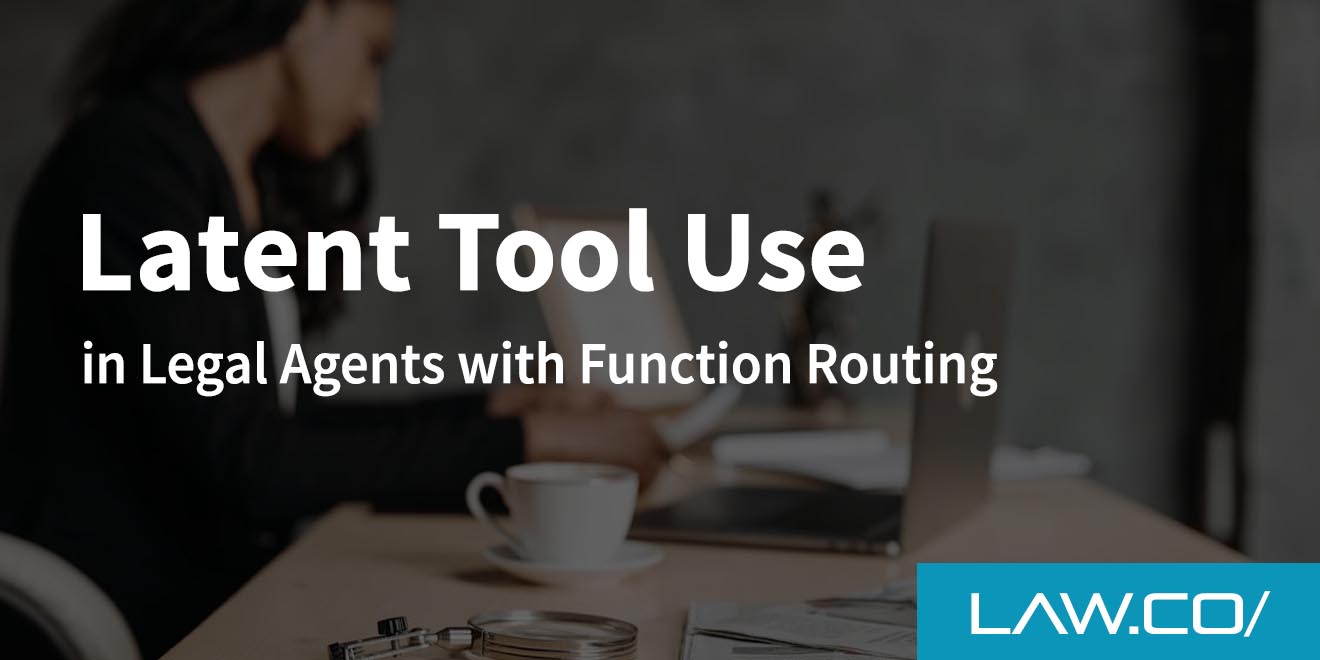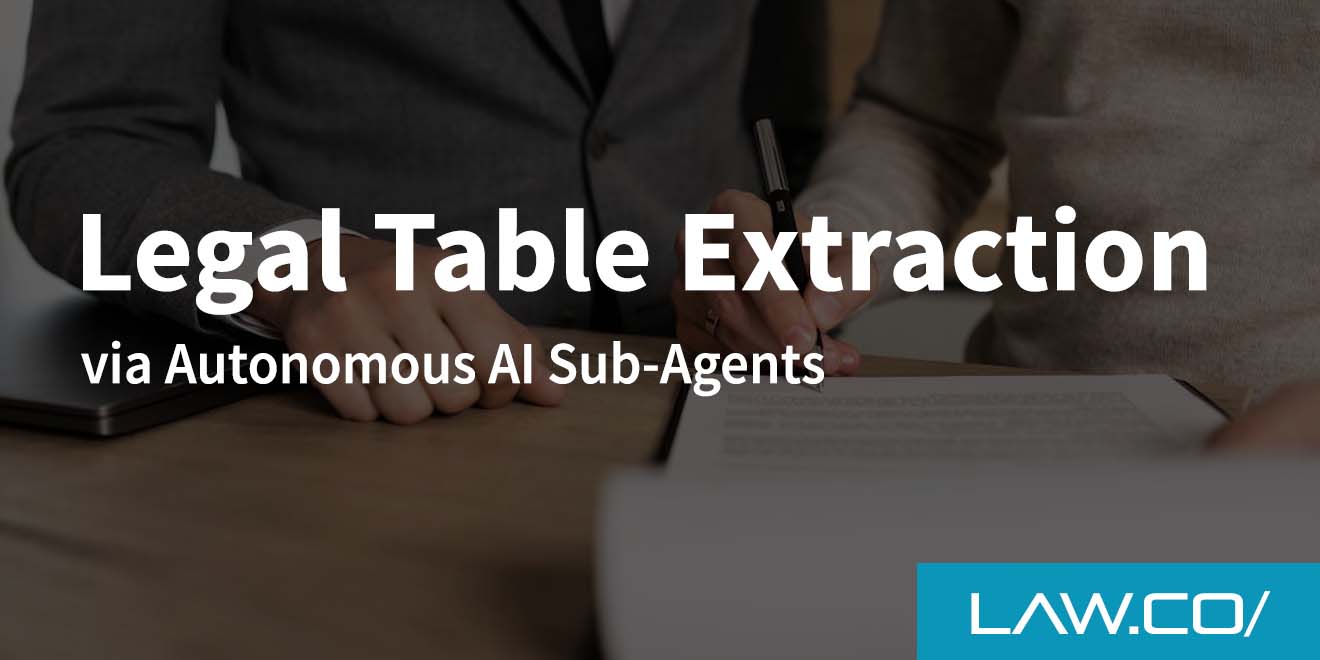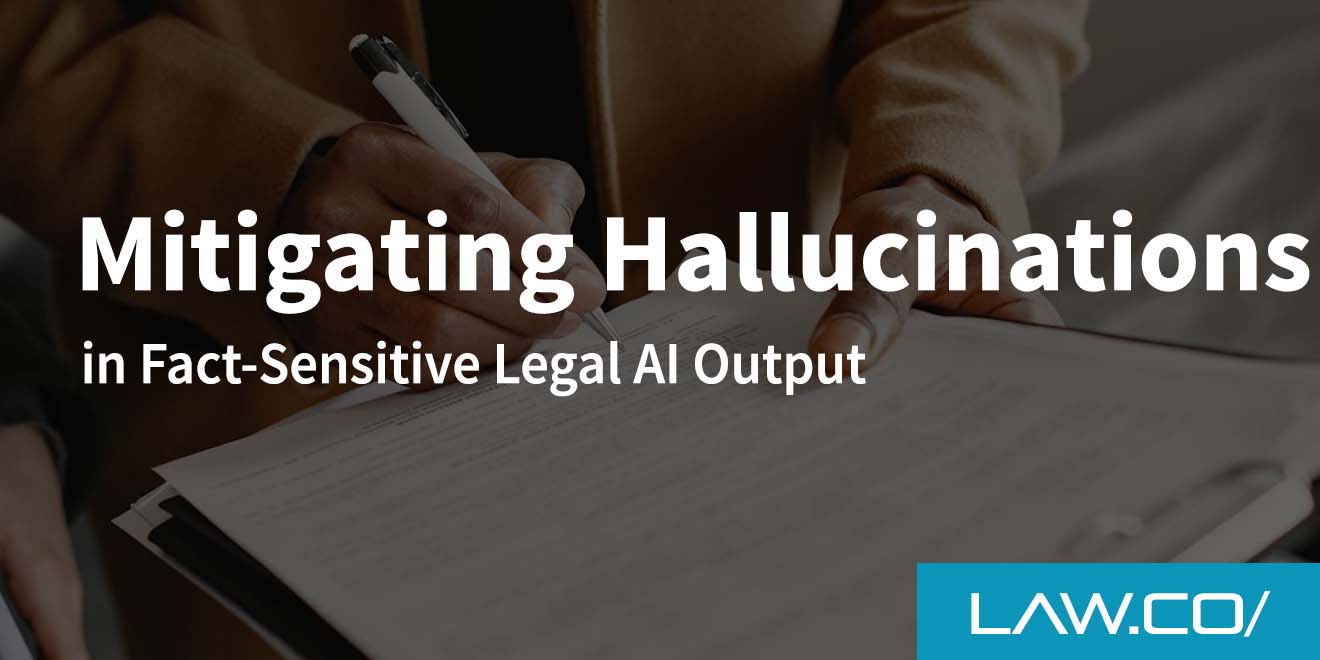

Latent Tool Use in Legal Agents With Function Routing
The last five years have seen an explosion of interest in artificial-intelligence applications tailored for lawyers and law firms. While early legal-tech platforms focused on keyword search and document storage, the latest generation of large-language-model (LLM) “legal agents” can dynamically decide when and how to call specialized software—databases, drafting tools, citation checkers, billing systems—without explicit, line-by-line instructions.
This emerging capability, known as latent tool use, is amplified by a companion technique called function routing. Together they promise to automate once-tedious legal workflows, freeing attorneys to spend more time on strategy, advocacy, and client relationships. Below, we explore what the terms mean, where they fit inside a modern practice, and how to adopt them responsibly.
The Rise of Legal Agents and Latent Tool Use
What Exactly Is a Legal Agent?
A legal agent is a purpose-built language model wrapped in a workflow that allows it to receive a prompt (for example, “draft a California-compliant NDA”) and autonomously decide which steps to take next. Instead of producing a single text output, the agent can loop through tasks—querying case-law databases, tapping docket repositories, or invoking clause libraries—until it believes it has solved the user’s request.
Understanding Latent Tool Use
Latent tool use describes a model’s ability to discover and employ existing software tools even when that ability was not overtly coded. In practice, the model sees metadata about available tools—say, “SummarizePDF,” “BluebookCheck,” or “TimeEntry”—and, based on the user request, chooses whether and when to call them. The intelligence lies in the agent’s knack for chaining these calls in a sensible order, mirroring how a junior associate would research, draft, and polish a document.
Function Routing: The Missing Link
Function routing supplies the connective tissue. Developers provide the model with a catalog of callable functions plus structured schemas that define each function’s arguments and expected outputs. When a prompt arrives, the model doesn’t merely guess at syntax; it routes the request, in JSON or similar, to the correct function. The result is a tight feedback loop: the model calls “GetStatuteText,” receives the result, reasons over it, then decides whether to cite, summarize, or discard the information.
Practical Applications Inside the Modern Law Practice
Document Drafting and Review
Imagine feeding a term sheet to a legal agent and asking for a full-length agreement. The agent can:
- Identify the document type and jurisdiction.
- Pull standard clause language from an internal template library.
- Run “RiskFlagger” to highlight indemnity sections that exceed firm policy.
- Send the draft through “CiteCheck” to ensure every statutory reference is current.
Latent tool use streamlines the dance between creation and validation, condensing hours of manual work into minutes while keeping attorneys in the loop for final sign-off.
Litigation Support and E-Discovery
Function-routed agents excel at e-discovery triage. They ingest the opposing party’s production, then autonomously:
- Invoke “DeduplicateDocs” to remove redundant emails.
- Call “PrivFilter” trained on privilege rules.
- Summon “KeyPhraseCluster” to group hot documents by theme.
The platform presents lawyers with prioritized clusters instead of raw, overwhelming data, helping them focus on deposition prep and trial strategy.
Compliance and Regulatory Monitoring
Regulatory change is relentless. An agent can watch multiple governmental feeds, parse new rules as soon as they drop, compare them against a client’s compliance matrix, and trigger alerts for gaps. Because routing decisions are machine-speed, the latency between regulation and action shrinks dramatically—an advantage for clients operating in heavily regulated sectors like finance or healthcare.
Client Intake and Communication
Not every application is glamorous. Many firms still rely on emailed questionnaires or PDFs that clients print, sign, and scan. A latent-tool-enabled chatbot can:
- Interview potential clients.
- Auto-populate case-management systems.
- Generate retainer agreements.
- Schedule follow-ups.
While the workflow sounds simple, stitching together calendar APIs, CRM databases, and document-generation engines used to require bespoke code. Now a single model can orchestrate the calls with minimal developer oversight.
Benefits and Limitations
Why Latent Tool Use Matters
The payoffs are tangible:
- Speed: Routine tasks complete in seconds, not hours.
- Consistency: Every clause passes through the same validation filters.
- Cost Control: Firms can scale work products without proportional head-count growth.
- Risk Mitigation: Automated checks catch typos, missed citations, and outdated statutes before they leave the building.
Challenges and Ethical Considerations
- Confidentiality: Routing functions must reside inside secure, audited environments.
- Hallucination: An agent that cites a non-existent case can hurt a client and a firm’s reputation.
- Bias: Training data may skew results; oversight is essential.
- Attorney Oversight: ABA rules still require a qualified human to supervise any outsourced or automated work.
Each limitation is solvable, but only if the firm builds guardrails—token limits, red-team audits, logging, and human review—into the deployment from day one.
The Roadmap to Implementation
Start With a Proof of Concept
Target a single pain point: perhaps summarizing deposition transcripts or auto-generating engagement letters. Define success metrics—time saved, error reduction—before writing a line of code. Early wins build internal momentum and budget support.
Partner With Technologists
Most midsize firms lack in-house data-science teams. Collaborate with reputable vendors who specialize in secure LLM hosting, or team up with legal-tech startups willing to customize agents for niche practice areas. Co-development agreements can ensure the firm retains IP rights to bespoke clause libraries and workflows.
Build a Responsible Governance Framework
Adopt policies that govern legal data retention, audit logging, and user permissions. Designated partners or knowledge-management attorneys should review every model release, the same way they’d review a new docketing or billing system. Continuous testing—red-team prompts, adversarial inputs—reveals vulnerabilities before they go live.
Final Thoughts
Latent tool use coupled with function routing represents a genuine paradigm shift. It turns language models from passive text generators into proactive digital colleagues, able to call the right legal databases, drafting utilities, or compliance dashboards at exactly the right moment. Early adopters already report dramatic productivity gains, and the technology is advancing at a pace that invites experimentation.
Still, no tool can replace the nuanced judgment, advocacy skills, and human empathy that define the profession. The most successful lawyers and law firms will be those who harness these new capabilities, set clear boundaries, and keep their focus on delivering excellent counsel. With a measured strategy and a solid governance framework, legal agents can evolve from intriguing novelty to indispensable partner—one well-routed function call at a time.

%201.svg)










